We’ve all heard of the expression “beauty is in the eye of the beholder” and most of us think we understand it and know its meaning. But have we understood this correctly and fully?
What is the real meaning of “beauty is in the eye of the beholder” and can a deeper understanding of it improve our daily lives?
The dictionary definition will tell you that the phrase is an idiom which is used to express an understanding that different people will find different things attractive and that we do not all hold the same opinion of what beauty is. “To behold’ is an old English verb that means “to see” or “to look at”.
Wiktionary defines it as meaning “different people have different views on what is beautiful”.
Other meanings of the phrase are that beauty is subjective (unique to each person’s perspective) and not a definitive aspect of something that can be easily defined. For example we can all observe a triangle and agree that because it has 3 sides, we all call it a triangle, but we could all look at a picture, person or object and we would not all agree that they were ‘beautiful’.
In this article I will discuss these ideas and show you how you can use the values expressed here, to not only understand yourself better, but to bring more beauty into your own life too.
First literary citation:
Whilst the origin of the idea is unknown, several websites quote Margaret Wolfe Hungerford (née Hamilton, 1855-97), a prolific Irish author in the 19th century as first coining the phrase “Beauty is in the eye of the beholder“. It first appears in print in her most famous book, Molly Bawn, written in1878, and is the earliest citation of the phrase as we know it today.
The meaning behind the expression, however has been around for centuries in literature and art. The story of Beauty and the Beast and its spin-offs such as King Kong are a case in point. The world at large find the ‘beast’ disgusting and grotesque, but Beauty learns to love him by looking beneath the surface at the character of the person/animal underneath.
This leads on nicely to a similar phrase; ‘don’t judge a book by its cover‘ in which we are encouraged to look at the underlying beauty of something rather than taking what is on the surface as the whole package.
Origin of the idea
Since early Greek times, philosophers such as Plato, Socrates and Aristotle have been theorising and debating what beauty or ‘kalos, kalê, or kalon‘ (the Greek word closest to a synonym for the adjective ‘beautiful’) is.
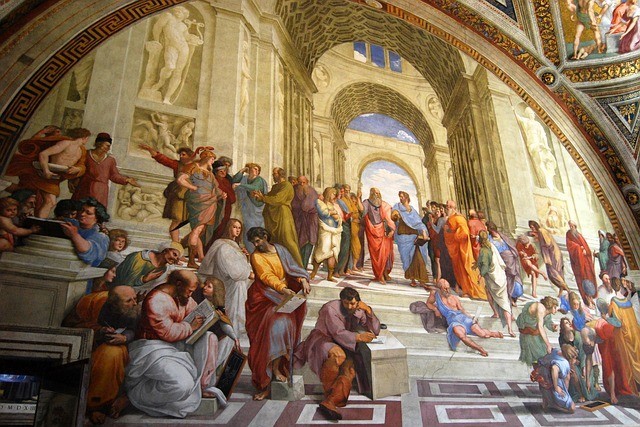
No accurate definitions could be agreed upon although many tried to define it.
Plato went as far as describing two distinct ideas: the first is something that has a physical ‘form’ such as a person, piece of art or sculpture, to which we could attach the adjective ‘beautiful’. We might say “that is a beautiful car, or that is a beautiful view’ for example, whilst looking at something physical we can experience with our senses, such as see with our eyes, smell, hear, taste or touch.
The second idea relates to the first in that, before we can define something as ‘beautiful’, Plato said that we must first have an understanding of the abstract concept of ‘beauty‘ itself.
This is generally much harder to define since by its very nature, it is not something one can see, hear, smell, taste or touch. It is a concept or an idea that is generally defined only by an individual’s perception, beliefs and values.
So what he is saying here is that we must have an understanding of the concept of what beauty is to us, before we can then describe an object, place or person, as ‘beautiful’.
And where do we get that notion of beauty from? Society, our genes, art, history, our parents or our own personal experiences?
Research into perceptions of beauty
Neuroscientists and psychologists have long been seeking some scientific agreement as to what constitutes beauty but a recent study conducted a New York University has uncovered some interesting data on firstly how we interpret things considered ‘beautiful’ in our brains, showing that when we view a work of art, it activates the same part of the human brain in every individual. This may show that we all interpret the signals in the same physical way, but they also discovered that the degree of intensity felt is dependent on the individual’s reflection of it. Which means that our brain response is only part of the answer. Something deeper in our psychology is going on for us to say it is ‘beautiful’.
Another interesting study of Australian twins has shown that personal experiences and personal environments are important when considering attractiveness as a quality, rather than genes. It discovered that whilst some aspects of attractiveness (such as people preferring symmetry of asymmetry), are fairly consistent between twins and therefore likely to be gene-encoded, what was more important was the personal experience of the individual.
So beauty really is in the eye of the beholder.
In the researchers own words, they said: “Our results provide a window into understanding the developmental and biological origins of the social brain and those aspects of our genes and environments that make us each unique”.
You can read more about their research here.
This may all sound like something we all take for granted but is there a deeper significance for us in our daily lives?
Ask yourself a few questions to explore where you see (or don’t see) beauty?
- Are you dismissing other people’s perceptions of beauty and placing little or no value on them just because they do not fit with your own?
- Is the tatty old teddy on your daughter’s bed, an ugly, worn-out fleabag or your child’s pride and joy?
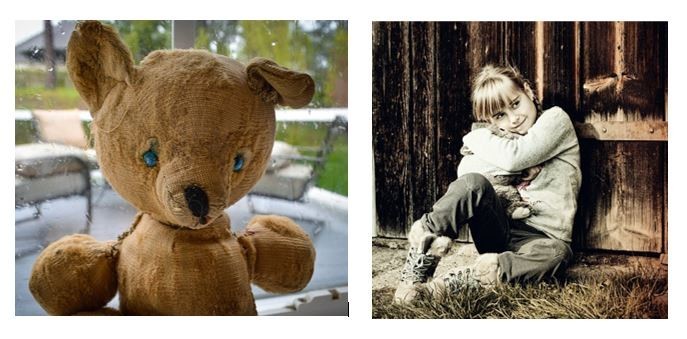
- Are you missing some beautiful experiences in your life because you are not expecting to find anything beautiful there?
- Do you see a scary, forbidden forest when others see a magical fairyland?
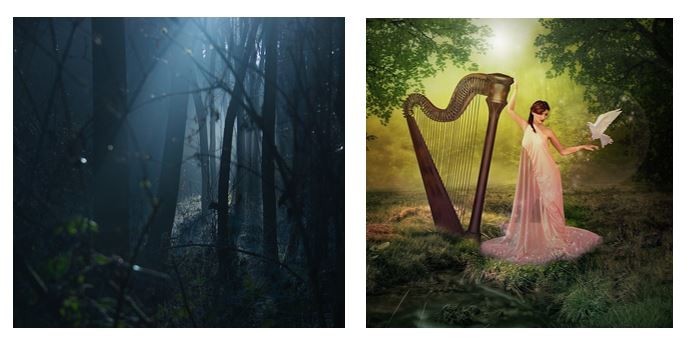
- Are you judging the beauty of things by your own standards or that of the society in which you life?
- Do you see the prince or the frog, the beauty or the beast?
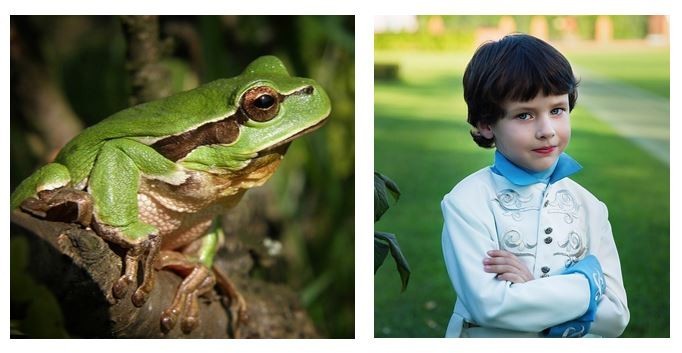
I believe that many of us would rather look at the world and see more beauty in it, but we are often missing a trick and either:
- missing the opportunity to see beauty because we forget to look for it or are just too busy
- accept other people’s opinions rather than our own due to peer pressure or conditioning
- become less tolerant of other people’s views because they are not in line with our own.
The law of attraction would indicate that:
If you look for beauty, you will find it.
And by contrast,
If you look for the worst in situations, you can be sure you will find that too.
We know that everyone will see beauty in different places, people and things, so the trick here, is maybe to consciously decide what YOU personally want to see and then look for that.
We’ve all had the experience of buying a new car and then noticing that almost every other car on the road is exactly like the one we’ve just bought – be it the colour, make or model. Is that because we are more tuned in to seeing something we have set a value on or just a coincidence?
To me, it is because we have actively tuned our thoughts and vibration to seeing what we want – our new, highly-valued car, and guess what, we see it everywhere because of it.
It is the same with things of beauty. If you want to see something beautiful today – whatever that means to you – actively go out and look for it and then acknowledge that you find it beautiful too. That way you will be not only increasing the amount of beauty you experience in your every day life, but you will also be setting up the vibrational circumstances to attract even more beautiful things tomorrow.
And remember – life is really full of beautiful things. Look around you:
- Your children are beautiful
- Your family is beautiful
- The place you live has many aspects of beauty about it
- You have many beautiful things surrounding you every day
So my question to you today is simple: What are you intending to find in your day today?
One final point:
Through the eyes of children….
Children often see the most beauty in everything. A cardboard box becomes a spaceship, a mud pie becomes a feast, an old wooden stick transforms them into the most powerful magician ever.
Have you ever considered why that is? Is it perhaps because they still have their imagination and have had less time to ‘learn’ from and be conditioned by others that the world is really a dark and dangerous place, full of things to be scared of?
Is this what you really want your children to learn?
Have we, as ‘responsible adults’ simple forgotten the beauty we saw in our childhood? Is it no longer there or do we just not see it anymore?
Perhaps instead, we should take a leaf out of their book and see the prince in the frog and the fairy in the forest?
I’d love to know what you think, so please do comment.
All the best,
Gail
“You create the magic. You see what you are looking for: make sure you are looking for something good”.
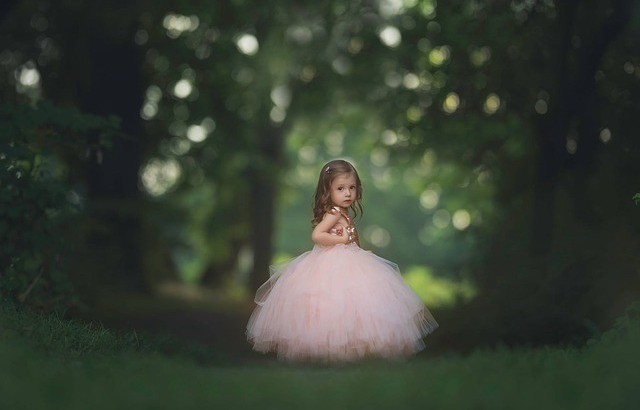
RELATED POSTS
How to have a positive thoughts day
Find happiness through unconditional living
The best spiritual and motivational people
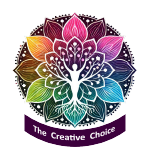
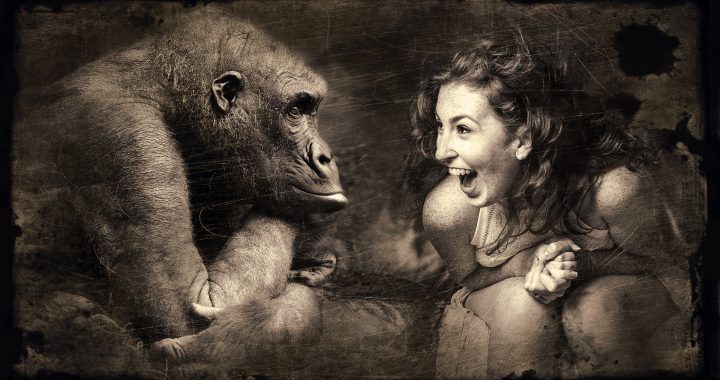
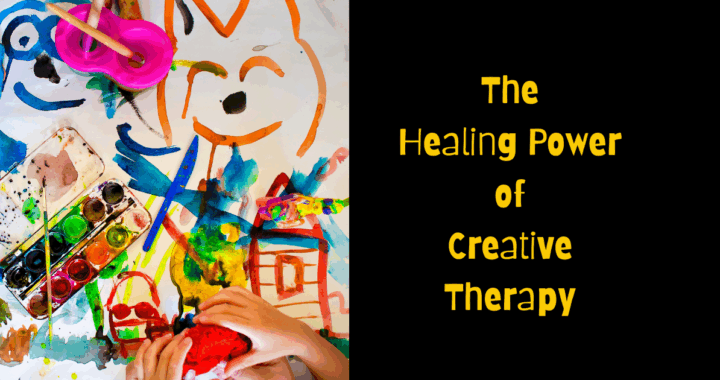

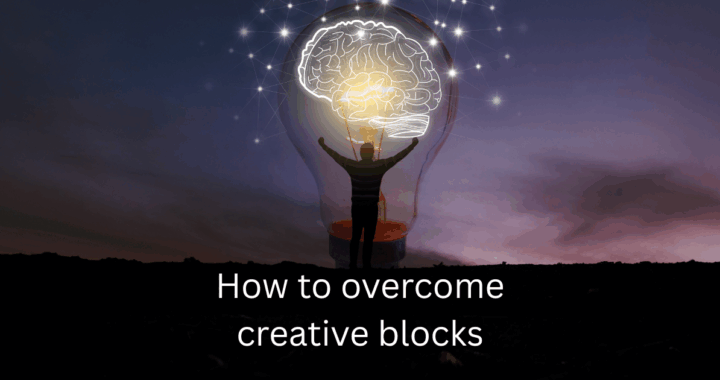
This article is so interesting. I’ve always had this deep seeded idea about this subject. never thought about the appearance of people or things for that matter as a thing that only occured on the outside. When you get to know someone or experience a place that might not seem so “beautiful” at first glance it’s amazing what you discover.
You are more than likely surrounded by beautiful people, beautiful places and beautiful things at this very moment! Stop and look around. Really look around!
Great article! Thanks for sharing!
Hi Steven. Thank you for reading and for commenting on my article. I totally agree that as we get to know people, places and things, they can become more beautiful as we learn to appreciate them more. And I am totally in agreement that we should stop and look around more often to see the things we miss every day and take for granted. Sometimes I get angry and that seems to colour my mood on many things until I realise that it is me, not the situation or the other person, who needs to change. Control of ones thoughts is vital. We can choose to focus on the frog or the prince, anytime, anywhere. Hope you have a beautiful day! Gail
Beauty does relate a lot to the associations that you have to something. I know that I often feel people are more beautiful when I’ve had positive experiences with their personalities despite what they actually look like.
Hi Melinda. Thank you for your comment. I think that many people will agree that as you get to know people, they appear more ‘beautiful’ as you appreciate their inner qualities too. It also follows that some people who many would consider ‘beautiful’ on the outside, often prove themselves quite the opposite on the inside – the Dorian Gray analogy is just as relevant here.
Wow. That’s a lot to think about, Gail. In a good way. I love to think. And…I think tolerance and an awareness of one’s own gut reaction to something has a lot to do with “identifying” beauty. I can look at someone or something that is considered beautiful and simply don’t see it but if I respect their opinion I can usually see how they can feel that way, based on certain observations of traits or characteristics that the art or person exhibits. Although, as long as I can remember, I have always had trouble appreciating the Ethiopian labrets that stretch the woman’s lower lip. LOL
My idea of beauty is always a gut reaction first and an analyzation after, or not at all.
And MY judgment is always perfect, of course………ahem.
Hi John. Thank you for reading and for your comment. I’m glad you like to think – many of us just go through life on autopilot and never give ourselves the luxury of thinking. I like that fact that you appreciate that beauty can also grow on you and that it is cultural as well. I’m not sure I’d like to have my lip stretched either but then I don’t live in Ethiopia! I’m glad you can recognise your own qualities too – like always being perfect! 🙂 Have a great day. Gail
HI Gail –
You are right. It is in looking that we find beauty in things and in people. This is a skill that we need to develop. We are surrounded by too many negative events happening around us, most of us are always too busy (I’m guilty of this) that we don’t have the time to stop and smell the roses.
I like what you said that when we seek beauty around us, we are also attracting more beautiful things to come our way. It’s like saying that with gratitude, we are blessed even more.
Thanks for your beautiful post.
Gigi
Hi Gigi. Thank you for reading and commenting on this article. I’m glad that you liked it and especially the part about gratitude attracting more positive aspects to us. I firmly believe this to be true and see the evidence of it everyday. I hope you find some more time to stop and smell the roses as this really will bring more benefits. You might also like a post I wrote about seeing opportunities and finding happiness with unconditional living. It all starts with your thoughts, and everything follows on from that. All the best for a beautiful day. Gail